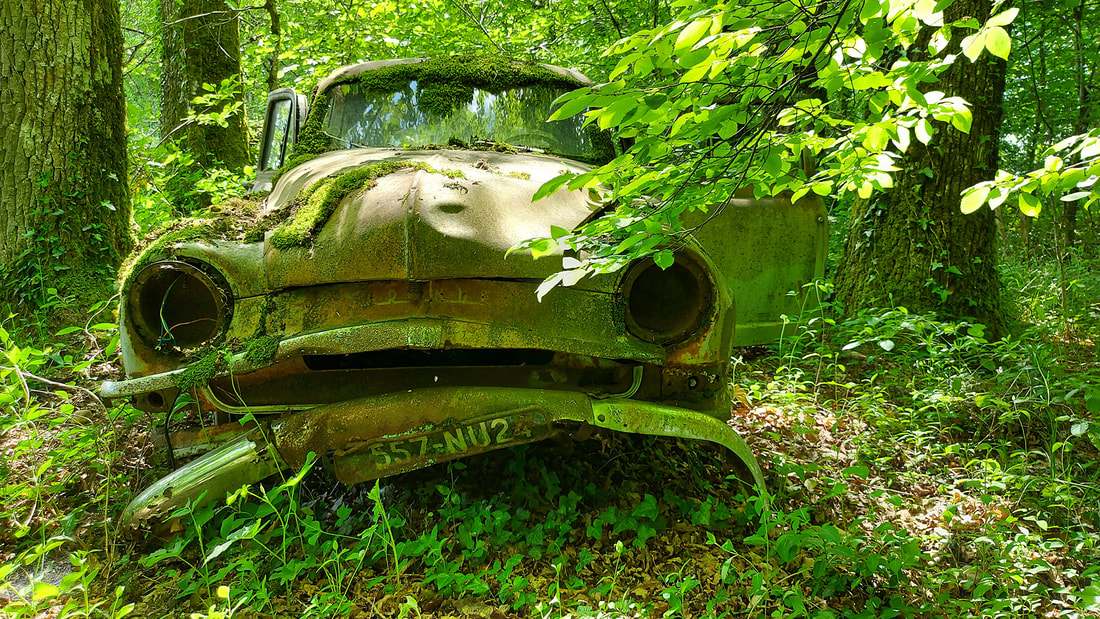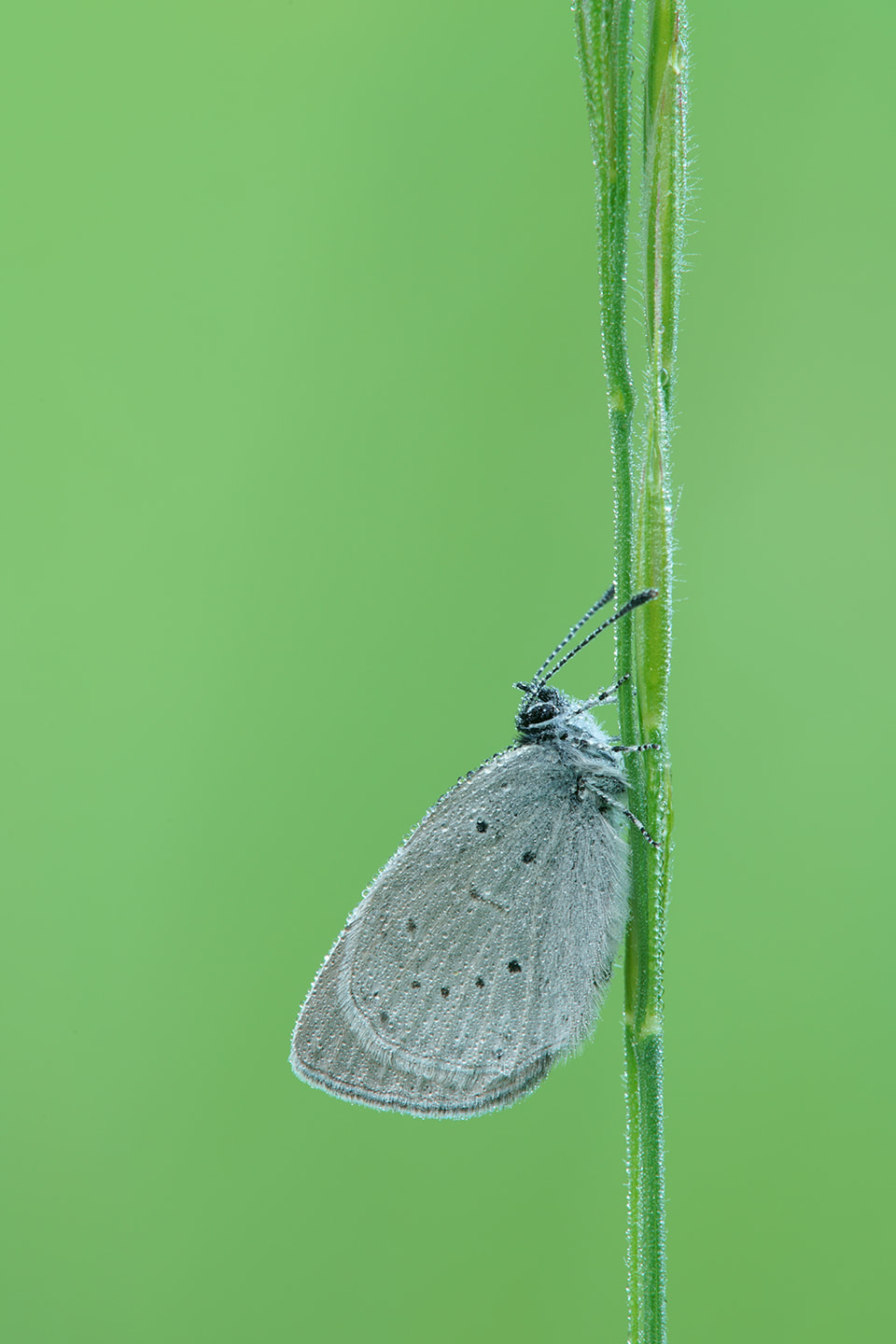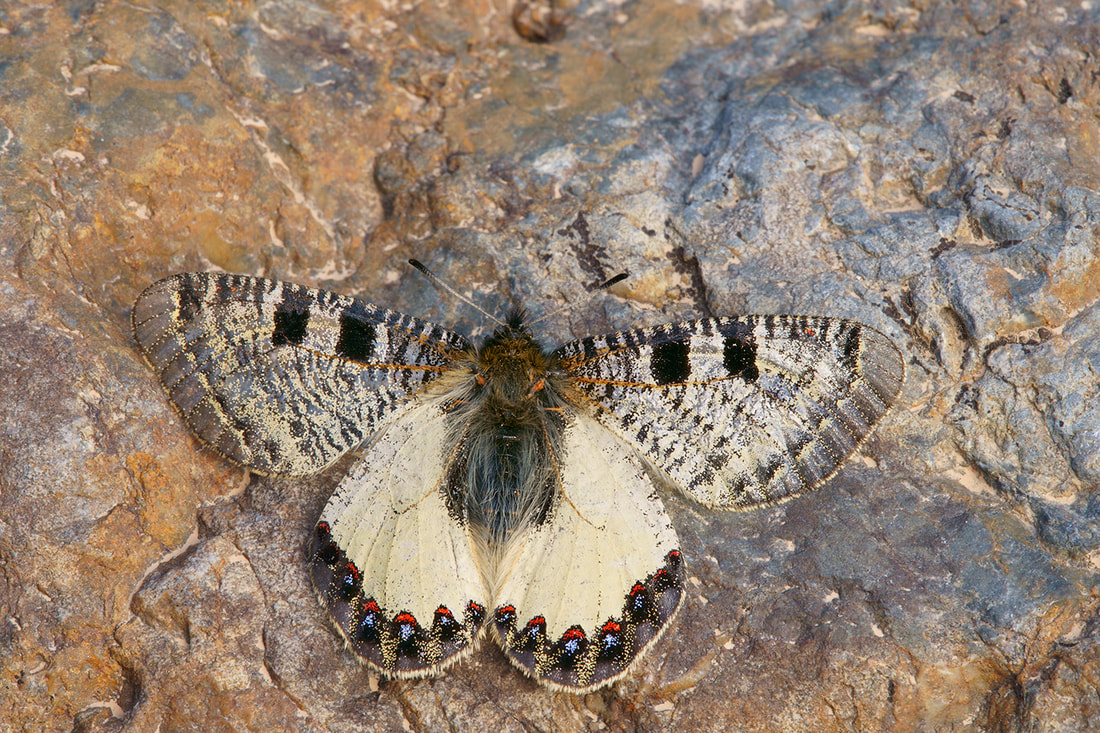- Home
- About
- Blog
-
Butterfly Gallery
- Hesperiidae >
- Papilionidae >
- Pieridae >
-
Lycaenidae
>
- Black Hairstreak
- Brown Hairstreak
- False Ilex Hairstreak
- Green Hairstreak
- Ilex Hairstreak
- Purple Hairstreak
- Sloe Hairstreak
- White-letter Hairstreak
- Large Copper
- Purple-edged Copper
- Purple-shot Copper
- Scarce Copper
- Small Copper
- Sooty Copper
- Violet Copper
- Adonis Blue
- Alcon Blue
- Alpine Blue
- Amanda's Blue
- Baton Blue
- Brown Argus
- Chalkhill Blue
- Chequered Blue
- Common Blue
- Cranberry Blue
- Damon Blue
- Dusky Large Blue
- Escher's Blue
- Geranium Argus
- Glandon Blue
- Green-underside Blue
- Holly Blue
- Idas Blue
- Large Blue
- Mazarine Blue
- Mountain Alcon Blue
- Northern Brown Argus
- Piedmont anomalous Blue
- Provence Chalkhill Blue
- Reverdin's Blue
- Ripart's anomalous Blue
- Scarce Large Blue
- Silver-studded Blue
- Silvery Argus
- Small Blue
- Short-tailed Blue
- Turquoise Blue
- Duke of Burgundy
-
Nymphalidae
>
- Purple Emperor
- Lesser Purple Emperor
- White Admiral
- Southern White Admiral
- Hungarian Glider
- Camberwell Beauty
- Comma Butterfly
- Large Tortoiseshell
- Map Butterfly
- Painted Lady
- Peacock
- Red Admiral
- Small Tortoiseshell
- Assmann's Fritillary
- Bog Fritillary
- Cardinal
- Cranberry Fritillary
- Dark Green Fritillary
- False Heath Fritillary
- Glanville Fritillary
- Grisons Fritillary
- Heath Fritillary
- High Brown Fritillary
- Knapweed Fritillary
- Lesser Marbled Fritillary
- Marbled Fritillary
- Marsh Fritillary
- Meadow Fritillary
- Mountain Fritillary
- Nickerl's Fritillary
- Niobe Fritillary
- Pearl-bordered Fritillary
- Queen of Spain Fritillary
- Shepard's Fritillary
- Silver-washed Fritillary
- Small Pearl-bordered Fritillary
- Spotted Fritillary
- Titania's Fritillary
- Twin-Spot Fritillary
- Weaver's Fritillary
- Satyridae >
- Metamorphosises >
- Alpine Species
- Germany - Eifel
- Butterflies in France
- Butterflies NL
- Threats & Enemies
- UFI
-
Gallery A - Z
- Amphibians
- Aosta - Gran Paradiso
- Ardeche
- Bayerischer Wald
- Beetles
- Bluebell Forest
- Caterpillars
- Cevennes
- Dordogne
- Holy Love
- Hungary
- Insects - Others
- Jumping Spiders
- Kleine Beerze
- Kleine Beerze II
- Koebosch
- Landschotse Heide
- Little Owl
- Luberon
- Lueneburger Heide
- Mercantour
- Mercantour part II
- Orchids Dream
- Pink and Purple
- Snakes and Reptiles
- Spiders
- Spring Flowers
- Strabrechtse Heide
- Styria
- Teutoburger Wald
- Toxic Tales
- Var
- Blog Vosges
- Rust In Peace
|
More than two weeks ago I returned from a short family holiday to the Dordogne/France. It was nine years ago that I visited the Dordogne for the last time and I have to admit that I forgot how attractive this region is. On the way we visited a well-hidden 'old friend' in the forest....after twelve years I was happy that he was still there and that nothing has changed! For one week we rented a house with a terrain of 1,5 hectare, enough to search and find nice butterfly species; the two most common species were the Pale Clouded Yellow and Marsh Fritillary. Due to a cold spring the number of butterflies was low but fortunately the weather was good and day by day the number was increasing. A very nice surprise was the presence of the Provencal short-tailed Blue (Cupido alcetas). It won't be long before I will return to the Dordogne again!
0 Comments
The other location of the False Apollo we visited four times and we stayed there almost the complete day as I wanted decent photos of this species. I learned that the hour before they dive into the bushes to hide for the night they are less active and that they were sitting longer on a flowers or on the path, but I needed to approach them very carefully. Although I photographed in the morning the same male butterflies as in the afternoon, which gave me the impression that their area is not that big, I never saw them the day after. Every day I photographed other False Apollos....the same for the female butterflies. This lovely lady with a lot of red in her wings I did not see again. An other female False Apollo was very slow around noon....first I thought that she was attacked by a spider. When the wind moved her wings I learned that she emerged earlier that day. I was watching her and hoped that she would have been noticed by a male....and suddenly it happened..... a male noticed her and within a few seconds they were mating: My mission False Apollo would be 100% complete with photos of the eggs and caterpillars. I found three different kind of larval foodplants but unfortunately without any eggs or caterpillars.
Nevertheless, mission False Apollo accomplished! After two days of seeing my first False Apollo ever, I returned early in the morning to this spot with the hope to find a sleeping one....at that time not knowing that this species have an other sleeping strategy. After a long search without finding any butterfly, the sun arrived. Shortly after the sun touches a field of grassland, a grey/dead bush near the path started moving....a female False Apollo had awakened and started climbing out to enjoy the first sunshine: Two days after this photo was taken I found this species on an other location and observed them the hole day and learned how they disappear in the bushes of grass. On a large field I first saw a male and a minute later a female diving into the dry/dead bushes of grass and I could not find them back. Although a lot of other butterfly species were still flying around, the False Apollo was ready for the night good camouflaged low above the ground....I guess that this is the reason why they have the name Apollo.
|
Jibt dir dit Leben mal een Buff, denn weene keene Träne. Lach Dir'n Ast und setz Dir druff und baumle mit de Beene.
Archives
July 2024
Categories
All
|
No image from this site is to be downloaded, copied, duplicated, sampled, modified or redistributed!
- Home
- About
- Blog
-
Butterfly Gallery
- Hesperiidae >
- Papilionidae >
- Pieridae >
-
Lycaenidae
>
- Black Hairstreak
- Brown Hairstreak
- False Ilex Hairstreak
- Green Hairstreak
- Ilex Hairstreak
- Purple Hairstreak
- Sloe Hairstreak
- White-letter Hairstreak
- Large Copper
- Purple-edged Copper
- Purple-shot Copper
- Scarce Copper
- Small Copper
- Sooty Copper
- Violet Copper
- Adonis Blue
- Alcon Blue
- Alpine Blue
- Amanda's Blue
- Baton Blue
- Brown Argus
- Chalkhill Blue
- Chequered Blue
- Common Blue
- Cranberry Blue
- Damon Blue
- Dusky Large Blue
- Escher's Blue
- Geranium Argus
- Glandon Blue
- Green-underside Blue
- Holly Blue
- Idas Blue
- Large Blue
- Mazarine Blue
- Mountain Alcon Blue
- Northern Brown Argus
- Piedmont anomalous Blue
- Provence Chalkhill Blue
- Reverdin's Blue
- Ripart's anomalous Blue
- Scarce Large Blue
- Silver-studded Blue
- Silvery Argus
- Small Blue
- Short-tailed Blue
- Turquoise Blue
- Duke of Burgundy
-
Nymphalidae
>
- Purple Emperor
- Lesser Purple Emperor
- White Admiral
- Southern White Admiral
- Hungarian Glider
- Camberwell Beauty
- Comma Butterfly
- Large Tortoiseshell
- Map Butterfly
- Painted Lady
- Peacock
- Red Admiral
- Small Tortoiseshell
- Assmann's Fritillary
- Bog Fritillary
- Cardinal
- Cranberry Fritillary
- Dark Green Fritillary
- False Heath Fritillary
- Glanville Fritillary
- Grisons Fritillary
- Heath Fritillary
- High Brown Fritillary
- Knapweed Fritillary
- Lesser Marbled Fritillary
- Marbled Fritillary
- Marsh Fritillary
- Meadow Fritillary
- Mountain Fritillary
- Nickerl's Fritillary
- Niobe Fritillary
- Pearl-bordered Fritillary
- Queen of Spain Fritillary
- Shepard's Fritillary
- Silver-washed Fritillary
- Small Pearl-bordered Fritillary
- Spotted Fritillary
- Titania's Fritillary
- Twin-Spot Fritillary
- Weaver's Fritillary
- Satyridae >
- Metamorphosises >
- Alpine Species
- Germany - Eifel
- Butterflies in France
- Butterflies NL
- Threats & Enemies
- UFI
-
Gallery A - Z
- Amphibians
- Aosta - Gran Paradiso
- Ardeche
- Bayerischer Wald
- Beetles
- Bluebell Forest
- Caterpillars
- Cevennes
- Dordogne
- Holy Love
- Hungary
- Insects - Others
- Jumping Spiders
- Kleine Beerze
- Kleine Beerze II
- Koebosch
- Landschotse Heide
- Little Owl
- Luberon
- Lueneburger Heide
- Mercantour
- Mercantour part II
- Orchids Dream
- Pink and Purple
- Snakes and Reptiles
- Spiders
- Spring Flowers
- Strabrechtse Heide
- Styria
- Teutoburger Wald
- Toxic Tales
- Var
- Blog Vosges
- Rust In Peace










 RSS Feed
RSS Feed